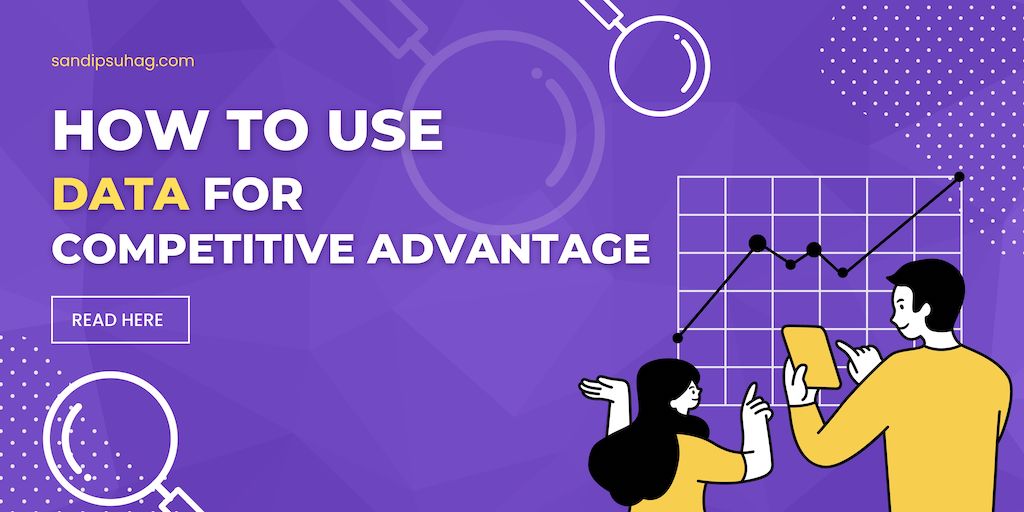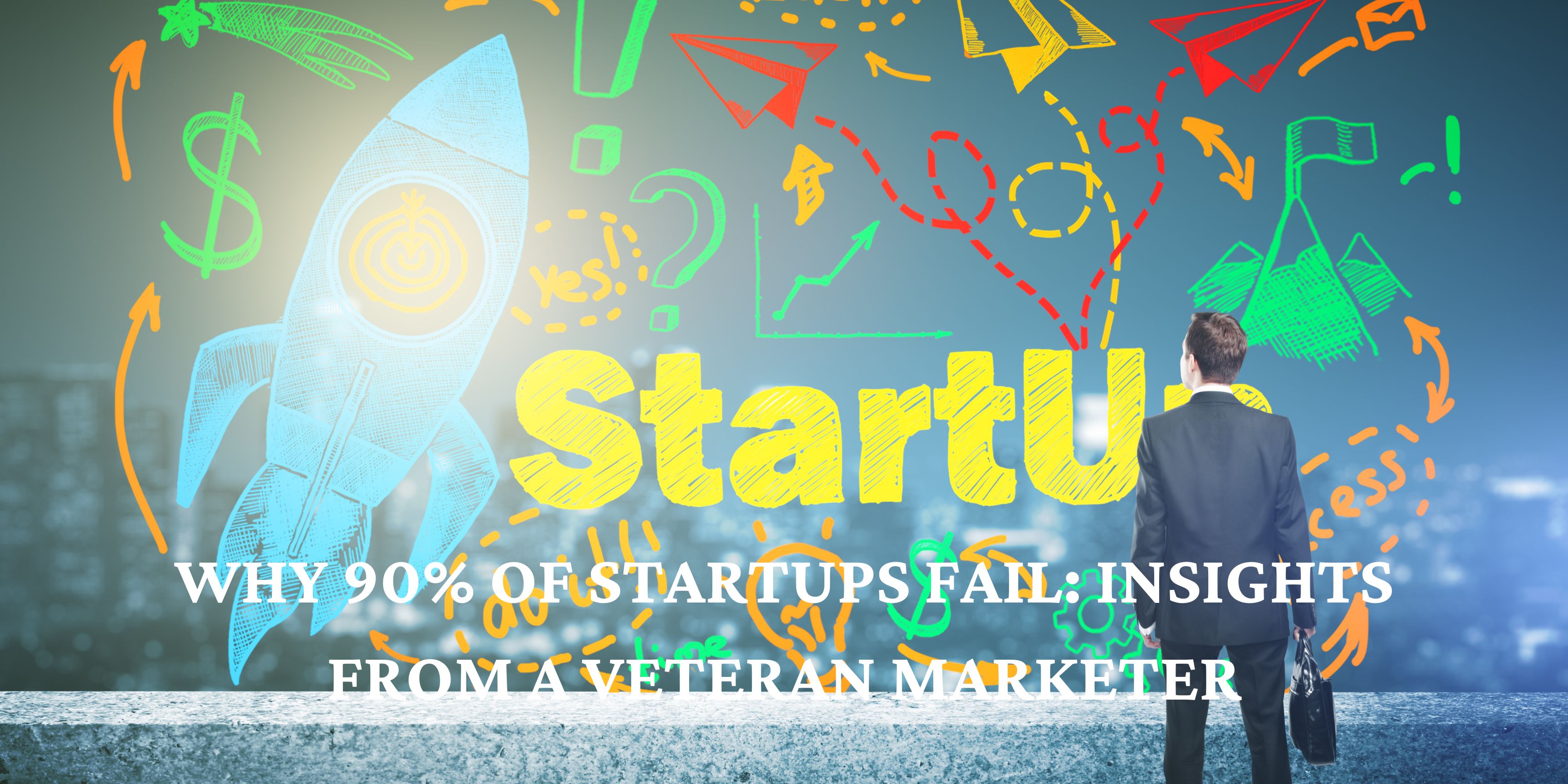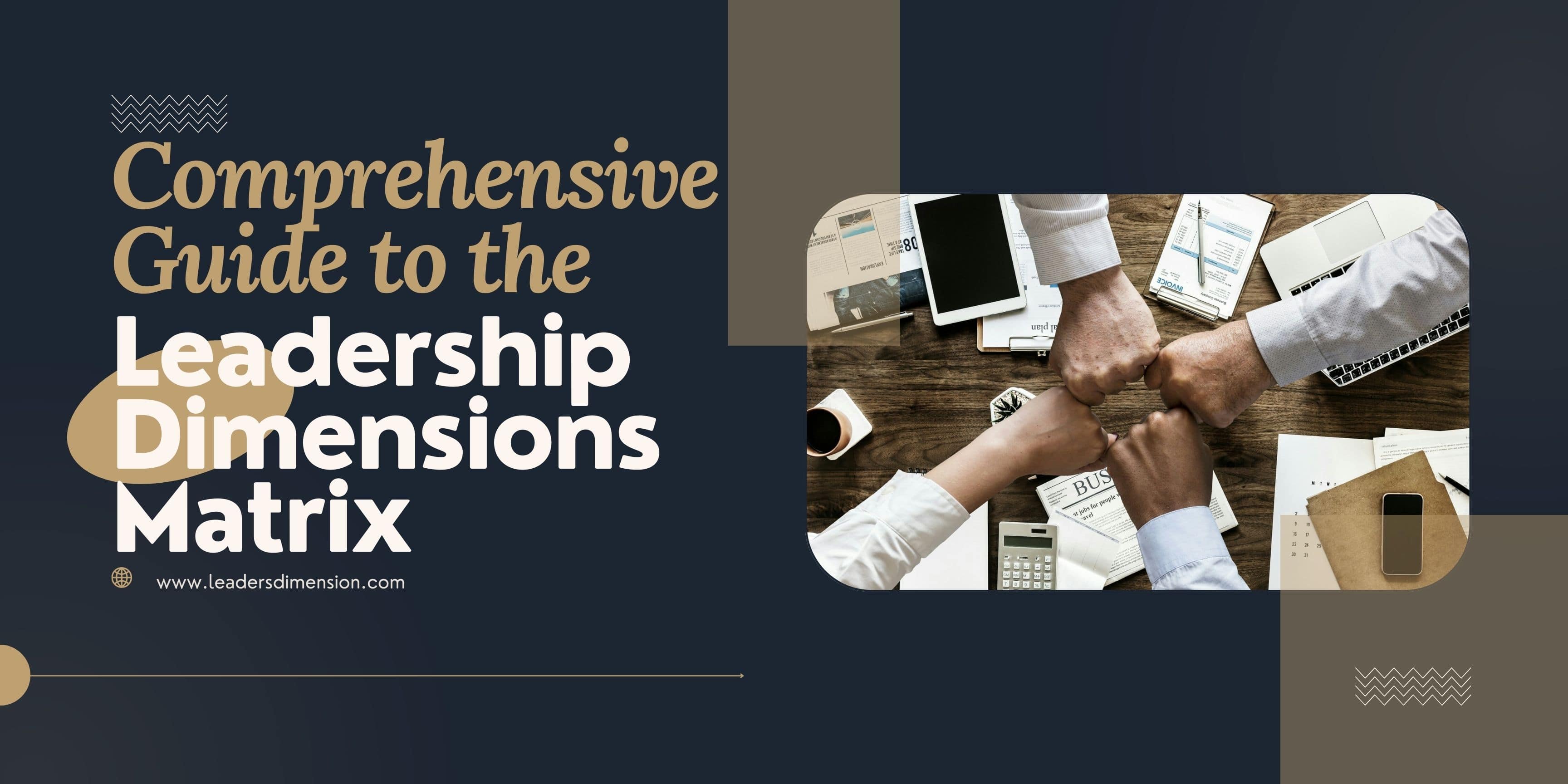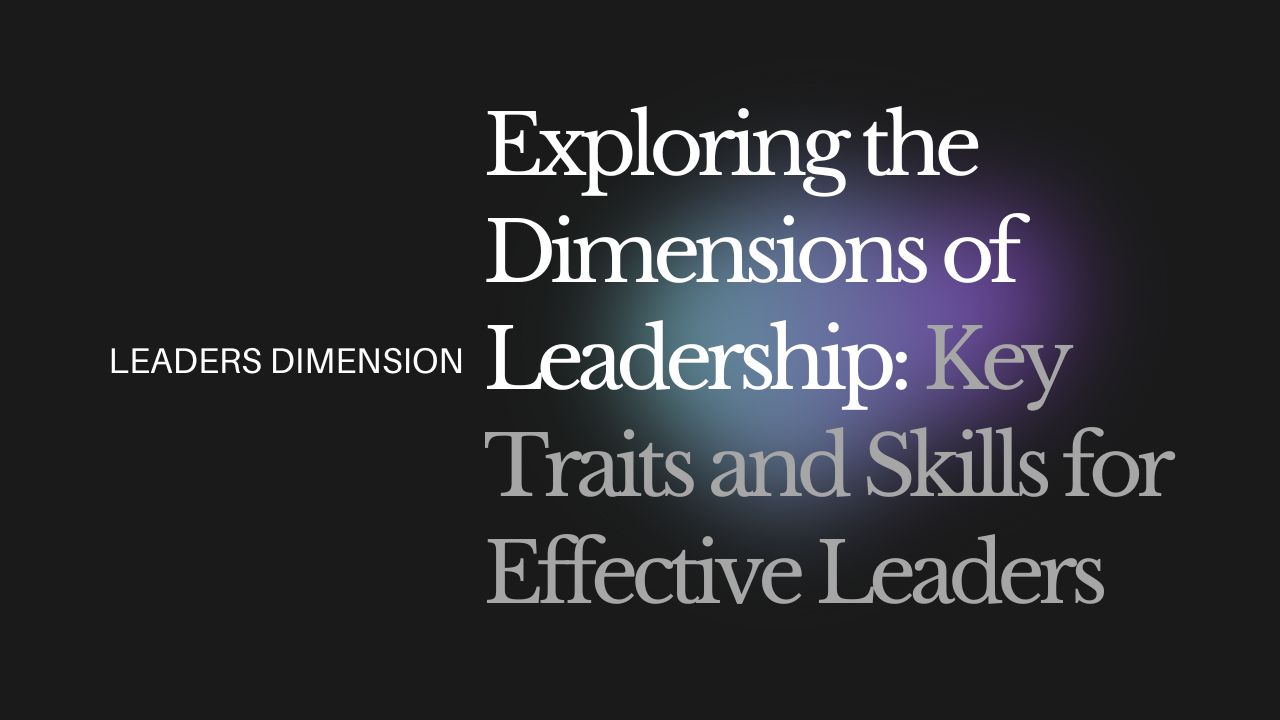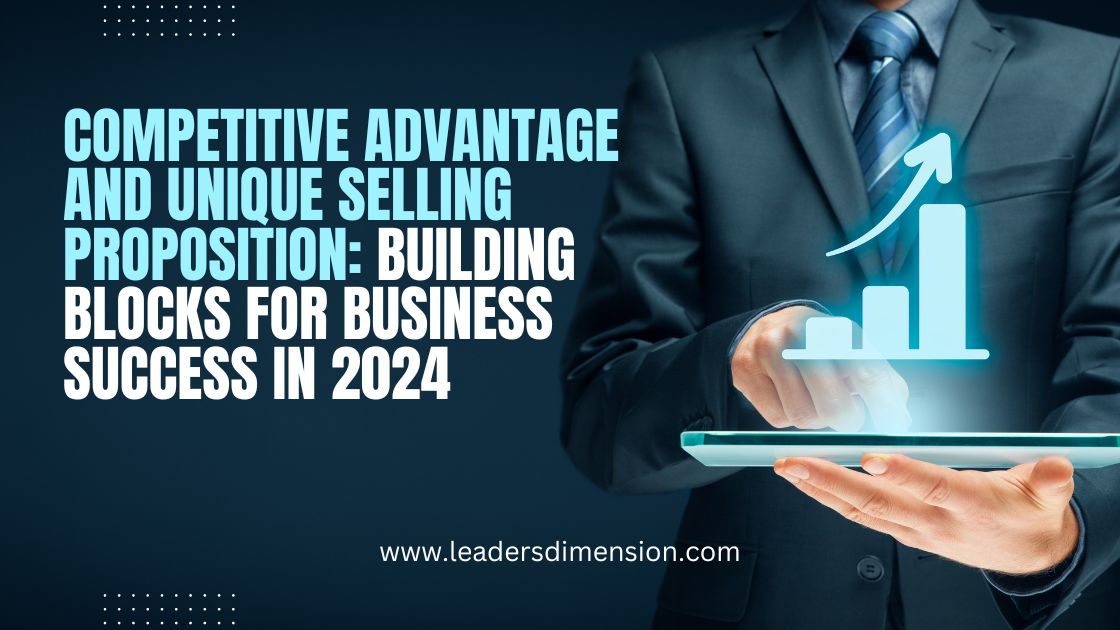How to Use Data for Competitive Advantage
Today, no industry can survive without being data-centric. Every commercial activity involves the analysis of an enormous amount of data before any decision is taken. A testament to this fact is the emergence of several career options centered around data. Data miners, data scientists and analysts to list a few.
The Case for Consumer Data
With more and more businesses going online and preferring mobile as the primary platform, the importance of data was never more prominent than today.
While many have access to consumer data, there are only a few which have been able to use it to their advantage. Knowing the interests, demographics, age-groups, online behavior, buying patterns and similar information about the consumer can help businesses tailor their offerings as per customer expectations and makes demand anticipation easy. Machine learning tools these days can help analyze and interpret consumer data to make it more meaningful and impactful.
The Google Ads Network is a powerful example of the potential of consumer data. Netflix recommendations which make you binge-watch for hours is another example of one of the best ways to leverage consumer preference data.
How Data Creates Competitive Advantage
Gaining a competitive advantage in industries crowded with competitors is a challenging task and only those which can prove a clear advantage can carve a brand name for themselves. As elaborated by Porter, competitive advantage can be achieved through three different strategies i.e
- Cost Leadership
- Differentiation
- Focus
Companies can use data to gain competitive advantage through any of the above-stated strategies.
Cost Leadership: Cost leadership means providing reasonable value at a lower price. You can gain cost leadership by understanding consumer threshold pricing and the price-quality compromise that consumers of different geographies and demographics are willing to make. Data can also help companies uncover insights that can help them ride the experience curve faster and optimize costs.
Differentiation: You can differentiate your product by including features most preferred by customers or by identifying their unmet needs. If you are aware of consumer’s search patterns, content choices, usage patterns, social media posts, etc., the power of AI and machine learning can enable you to adjust your offerings based on stated and unstated needs of consumers.
Focus: Focus means the company's leaders understand and service their target market better than anyone else. This is generally a combination of cost leadership and differentiation. Marketing data helps in narrowing down the target audience and focussing on a niche market – which again can be better identified by using data to understand buyers who are more willing to either buy from your brand or to pay a premium for it.
Further, the personalization of user experience is a big advantage that can be fuelled with data analysis and insights. With the help of cookies, most companies are already targeting individual consumers with products and services which they are most likely to avail of. All OTT platforms, search engines, and even food delivery companies use consumer data to show relevant ads and also customized movies and shopping recommendations.
Is Data-enabled competitive advantage sustainable
This depends on the nature of the industry, how an organization is using data, the quality of data and the quality of competitors themselves. HBR article on When Data Creates Competitive Advantage lists the following factors as determinants of sustainability of competitive advantage:
1. The higher the value added by the data, the greater will be the chance that it will last for long
2. The slower the marginal value of data decreases, the stronger the barrier created by it
3. The faster the data becomes obsolete, the easier it is for competition/new entrants as they need not learn from years of data
4. Unique customer data which cannot be bought or substituted creates a defensible barrier
5. Product enhancements for which competitor doesn’t need data to replicate don’t create a durable advantage
6. The speed at which insights from data can be incorporated into the offerings. Rapid learning cycles make it difficult for competitors to catch up
Conclusion
A lot of companies have goldmines of data but they are unable to use it to their advantage or fail to draw a general paradigm out of the data. There is no point in sitting on a gold mine without realizing the value of it.
In years ahead, improving products and customer experience using data will be par for the course and a prerequisite for survival. Competitive advantage with be based on nature of data, speed of execution, and the nature of product improvements it leads to
- 04 April 2024

